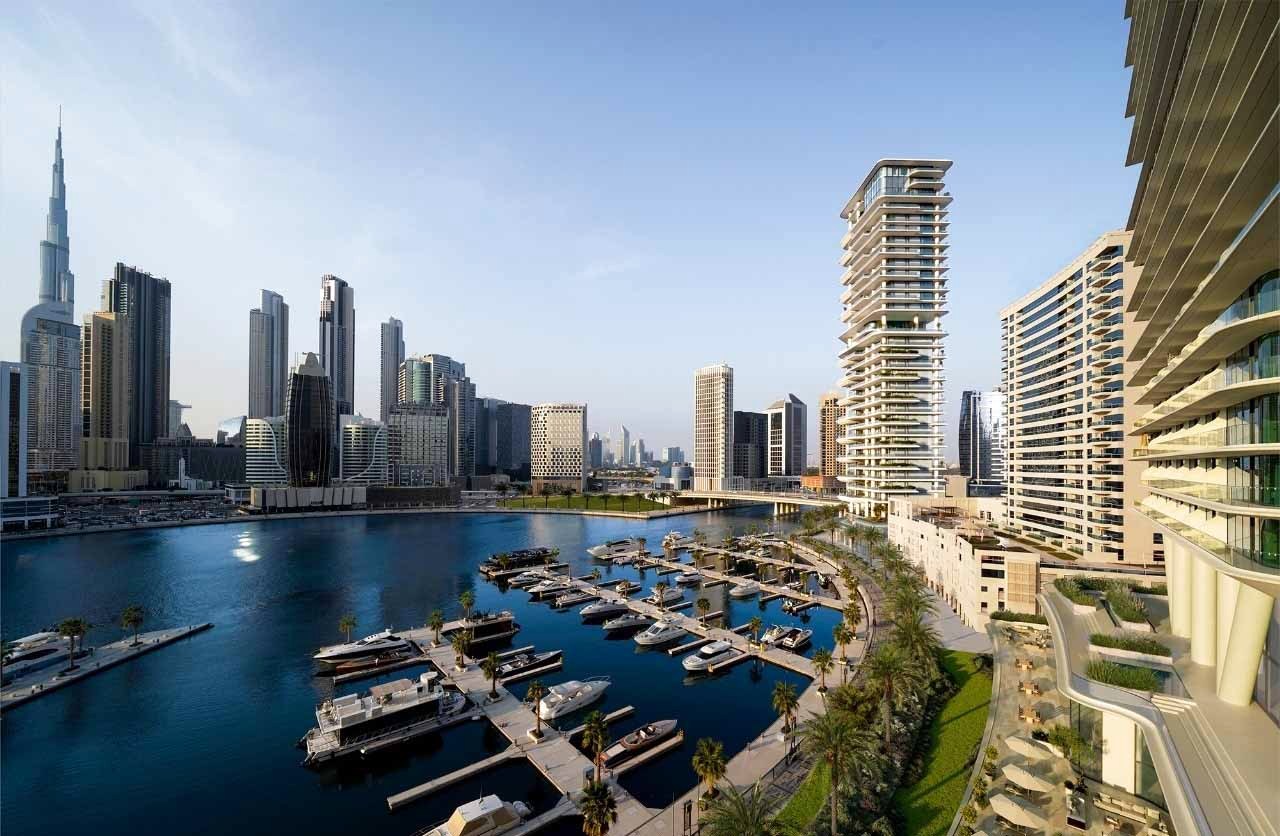Industrial Interior Design: Raw, Bold, and Beautiful when it comes to creating a space that feels unique, daring, and timeless, industrial interior design stands at the forefront. This design style, which draws inspiration from factories, warehouses, and urban lofts, is anything but conventional. With its raw materials, bold elements, and open, airy feel, industrial interior design is more than just a trend—it’s a lifestyle.

The Essence of Industrial Interior Design
At its core, industrial interior design is about celebrating the beauty in imperfection. Exposed brick walls, steel beams, raw wood floors, and metal accents all create a sense of history and authenticity. The style often blends the old with the new, seamlessly incorporating modern touches while highlighting the industrial elements that make the space feel alive with character.
In industrial interior design, every detail serves a purpose. There’s no excess; the design is pared down to the essentials. The beauty lies in the simplicity of the materials, the vastness of the space, and the interplay between textures, light, and shadow.
The Materials: A Study in Raw Beauty
One of the standout features of industrial interior design is its use of raw, unrefined materials. These materials are often the hallmark of industrial architecture, and they play a vital role in shaping the atmosphere of the space. Let’s explore the key materials commonly found in this style.
Exposed Brick
Nothing says industrial interior design like a brick wall. Whether it’s a weathered, rustic red or a sleek, modern gray, exposed brick adds texture and visual interest. It’s a testament to the building’s history, providing an authentic, lived-in feel. The warmth of brick contrasts beautifully with the coldness of metals and other materials used in the space.
Steel and Iron
Steel beams, wrought iron railings, and metal fixtures are all staples in industrial interior design. These elements add a raw, bold touch, while also creating a sense of strength and durability. In an industrial space, metal isn’t just for structural purposes; it’s an aesthetic choice. Metal shelving, light fixtures, and even furniture pieces add an edgy, contemporary vibe.
Concrete
Concrete floors, walls, and countertops are another common feature of industrial interior design. The rough, unfinished look of concrete enhances the space’s industrial character, offering a cool, industrial feel that contrasts with warmer materials like wood. Polished concrete floors are also a popular choice, providing a sleek, modern finish that maintains the raw aesthetic.
Wood
Wood is a key element in industrial interior design as well. While the materials in an industrial space tend to be cold and hard, wood introduces warmth and texture. Reclaimed wood is particularly popular, as it adds a rustic, eco-friendly element to the space. Whether it’s used in furniture, floors, or wall paneling, wood softens the sharp edges of steel and concrete, creating a balanced and inviting environment.
The Color Palette: Neutral and Bold
The color palette in industrial interior design is typically neutral, focusing on shades of gray, brown, black, and white. These tones complement the raw materials and enhance the rugged, minimalist aesthetic. However, industrial spaces are also known for their bold accents.
Dark, Moody Tones
Deep grays, charcoal blacks, and moody blues are often the primary shades used in industrial interior design. These colors add depth and drama to a space. They work particularly well in urban lofts or warehouses with high ceilings, creating a sense of intimacy within the vastness of the room.
Pops of Color
While the base palette is typically neutral, industrial interior design embraces pops of bold color through accents such as furniture, artwork, and textiles. Think vibrant red stools, mustard yellow cushions, or abstract artwork that contrasts with the otherwise muted tones of the room. These splashes of color add personality and vibrancy, making the space feel lived in and personalized.
Natural Hues
Earthy tones like warm browns, ochre yellows, and terracotta can also be incorporated into industrial interior design. These hues mimic the tones found in natural materials like wood, stone, and clay. They bring warmth to the space and soften the harsher elements, creating a more welcoming environment.
The Layout: Open and Spacious
One of the defining features of industrial interior design is the open floor plan. The style often draws from the expansive, airy spaces found in warehouses and factories. High ceilings, large windows, and open spaces help create a sense of freedom and openness. This layout is ideal for creating multifunctional spaces that blend seamlessly into one another.
In industrial interior design, less is often more. The goal is to create a space that feels uncluttered and functional. Furniture is typically minimal, and there’s an emphasis on keeping the flow of the room uninterrupted. The furniture that does exist in the space tends to have clean lines and a functional design, contributing to the space’s overall minimalist vibe.
Lighting: Let There Be Light
Lighting is a critical component of industrial interior design, and it’s often a focal point in the space. The right lighting can transform a raw, unfinished room into a warm, inviting haven. Typically, lighting in industrial spaces is functional and bold.
Exposed Bulbs
One of the signature elements of industrial interior design is the use of exposed light bulbs. These bulbs are often large, vintage-style Edison bulbs that hang from exposed wires. The warm glow of these bulbs casts a soft, inviting light that contrasts beautifully with the harder, cooler elements in the space.
Industrial Fixtures
Beyond the exposed bulbs, industrial interior design often incorporates large, oversized light fixtures made from metal or concrete. Pendant lights, chandeliers with exposed arms, and sleek floor lamps can all add a stylish, functional touch. These lighting fixtures often serve as statement pieces, drawing attention and adding character to the room.
Natural Light
Maximizing natural light is also an essential feature of industrial interior design. Large windows, often floor-to-ceiling, are common in industrial spaces. These windows allow natural light to flood the space, enhancing the open, airy feel of the room. The play of light and shadow throughout the day can dramatically change the mood of the space, adding a layer of dynamism to the design.
Furniture: Function Meets Style
When it comes to furniture in industrial interior design, functionality is paramount. The pieces chosen for the space should be both practical and stylish, contributing to the minimalist ethos of the design.
Vintage and Reclaimed Furniture
Reclaimed and vintage furniture is often a central feature of industrial interior design. These pieces add a sense of history and authenticity to the space, with each piece telling its own story. Think leather sofas with distressed upholstery, metal chairs, and wooden coffee tables with a rustic finish. These vintage finds add a sense of warmth and charm to the otherwise sleek, modern space.
Modular Furniture
Modular furniture is also a popular choice in industrial interior design due to its versatility and functional nature. Large, modular sofas can be arranged to suit the needs of the space, while industrial-style bookshelves, tables, and storage units provide practical solutions without compromising on style.
The Art of Personalization: Accessories and Décor
While industrial interior design is often minimalist, accessories and décor play a crucial role in making the space feel personalized. Art, textiles, and small decorative items can add warmth, interest, and character to the otherwise raw environment.
Artwork
Bold artwork and murals are often incorporated into industrial interior design. The artwork can range from abstract pieces to vintage posters or black-and-white photographs. The key is to choose pieces that complement the raw, edgy vibe of the space while injecting personality and creativity into the room.
Rugs and Textiles
Though industrial interior design often favors hard materials, soft textiles are essential for creating a balanced, inviting space. Area rugs, throw pillows, and blankets in earthy tones or industrial-inspired patterns help add comfort to the space. These textiles soften the harder edges of metal and concrete, making the environment more cozy and livable.
Greenery
Adding plants is an easy and effective way to breathe life into an industrial space. Lush greenery contrasts beautifully with the raw materials used in industrial interior design and can provide a refreshing touch of nature. Large potted plants, hanging planters, and succulents are all popular choices for adding a touch of life and color to the space.
The Allure of Industrial Interior Design
In the world of design, few styles are as timeless and evocative as industrial interior design. With its raw, bold materials, open spaces, and emphasis on functionality, this design approach creates environments that are as unique as they are beautiful. Whether in a sprawling loft or a compact urban apartment, industrial interior design offers the perfect balance of form and function, marrying practicality with a daring aesthetic.
By embracing imperfections and celebrating the natural beauty of raw materials, industrial interior design invites individuals to create spaces that reflect their personality, taste, and love for authenticity. So, whether you’re drawn to the boldness of steel and concrete or the warmth of reclaimed wood, there’s no doubt that this style has the power to transform any space into a work of art.




:max_bytes(150000):strip_icc()/__opt__aboutcom__coeus__resources__content_migration__mnn__images__2018__03__shutterstock_1051823762-0b00dcf9cd99473cabaff5546d745b0a.jpg)